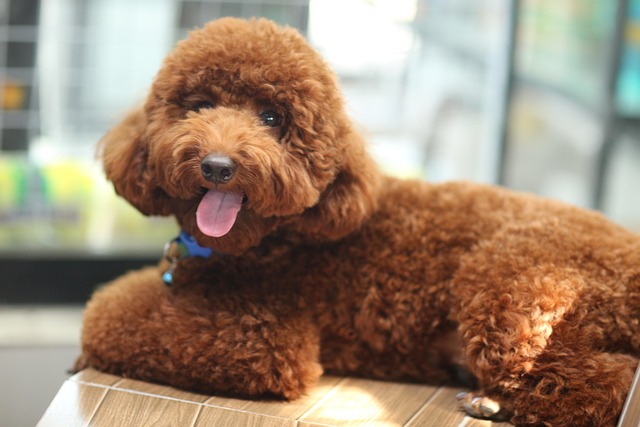
How do you treat respiratory problems in dogs?
Watching your dog struggle to breathe—whether it’s rapid panting, wheezing, or gasping—can be terrifying for any pet parent.
Picture your Labrador trembling under the coffee table during a thunderstorm—dog anxiety is more than just nerves; it’s a real struggle. Let’s explore evidence-based solutions with vet insights and real pet stories, blending science with compassion for calmer canines.
Behavioral therapy tops the list for mild anxiety. My neighbor’s Beagle, Buddy, overcame separation anxiety through gradual desensitization. "We started leaving for 5 minutes, rewarding calm behavior," her trainer says. Now Buddy stays relaxed during 8-hour workdays.
Pheromone diffusers create a calm environment. When my rescue mutt, Bella, panicked during fireworks, an Adaptil diffuser changed everything. "Canine pheromones mimic maternal comfort," my vet explains. Studies show they reduce anxiety in 60% of dogs.
Anxiety vests provide gentle pressure relief. My friend’s anxious Shepherd, Zeus, wears a ThunderShirt during car rides. "Deep pressure stimulates calm receptors," a behaviorist says. Zeus went from panting wildly to napping peacefully.
Environmental adjustments reduce triggers. Bella’s anxiety spiked near the noisy washer—relocating her bed to a quiet room helped. "Identify stressors: noise, strangers, even certain smells," a trainer advises. Create a safe den with blankets and toys.
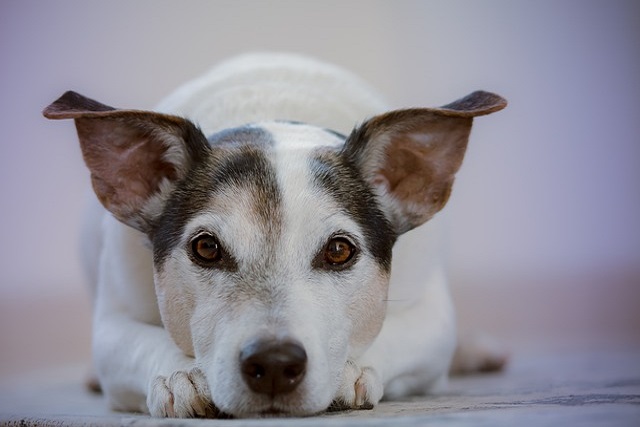
Prescription medications for severe cases. When Buddy’s anxiety turned destructive, his vet prescribed fluoxetine. "SSRIs balance brain chemistry," she said. Within two weeks, he stopped chewing furniture. Always follow vet guidance—EU laws restrict off-label use.
Natural supplements complement therapy. My senior Poodle, Daisy, takes L-theanine for age-related anxiety. "It boosts serotonin without drowsiness," a holistic vet notes. Look for USDA-certified organic formulas to avoid toxins.
Cognitive enrichment distracts anxious minds. A Kong filled with peanut butter kept Bella busy during storms. "Mental stimulation reduces cortisol levels," a researcher says. Puzzle toys work better than treats alone—try a Snuffle Mat for scent games.
Training classes build confidence. Zeus attended positive reinforcement sessions for leash anxiety. "Learning new skills replaces fear with trust," his trainer smiles. In the US, some states require trainers to use force-free methods—check credentials.
Exercise routines stabilize mood. Hyper-active Bella calmed down after daily 45-minute hikes. "Physical exertion releases endorphins," my vet says. Adjust for breed: herding dogs need more activity than couch potatoes.
Avoid common mistakes: punishing anxious behavior. Yelling at Bella during thunderstorms only worsened her fear. "Anxiety is a survival response—never scold," a behaviorist warns. Instead, provide comfort without reinforcing panic.
Alternative therapies for sensitive dogs. Acupuncture helped Daisy’s storm anxiety—"It balances energy flow," a holistic vet explains. Always choose certified practitioners; in the EU, only vets can perform animal acupuncture.
Monitoring progress is key. Keep a anxiety diary: note triggers, behaviors, and responses. Buddy’s owner tracked his improvement weekly—"Data helps adjust treatment plans," her vet says. Small wins build toward big changes.
Every dog is unique—what calms Bella may not help Zeus. "Anxiety treatment requires patience and flexibility," my behaviorist says. With the right mix of therapy, environment, and maybe medication, your anxious pup can find peace. Trust the process—their wagging tail will thank you.

Watching your dog struggle to breathe—whether it’s rapid panting, wheezing, or gasping—can be terrifying for any pet parent.
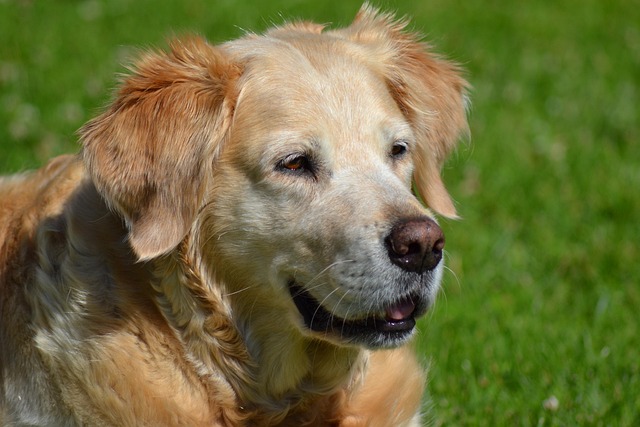
I sat with my friend Jesse on his Arizona patio last Tuesday, where his 1-year-old Beagle, Buddy, lay listlessly by the water bowl—Jesse held up a soiled paper towel, sighing.
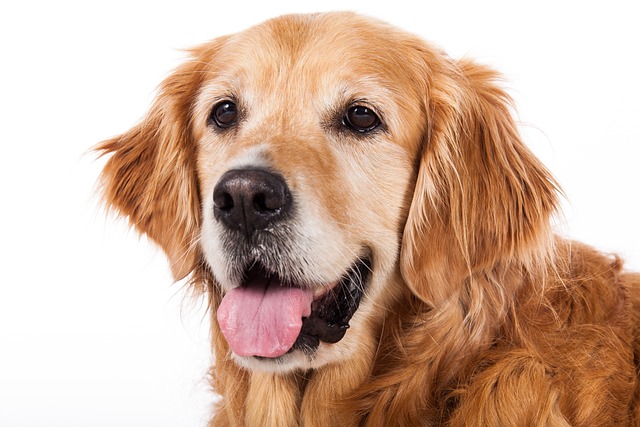
I sat with my friend Alex on his porch last weekend, watching his 18-month-old Border Collie, Charlie, scratch at his paws until they turned pink
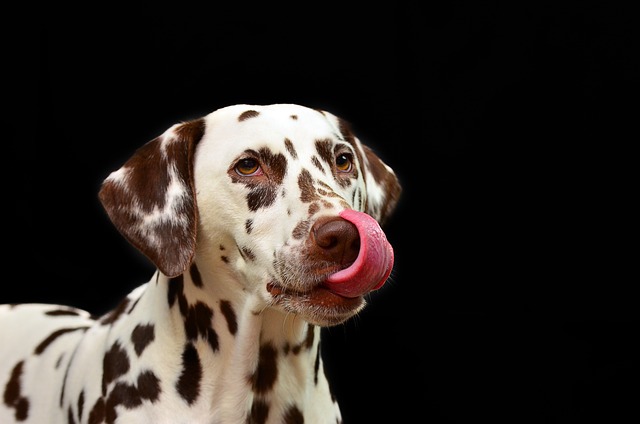
When you notice your dog coughing more than usual after a walk in the park, or hear a wheezy sound when they curl up to sleep, it could be a sign of kennel cough—a condition vets see more than any other respiratory issue in dogs.
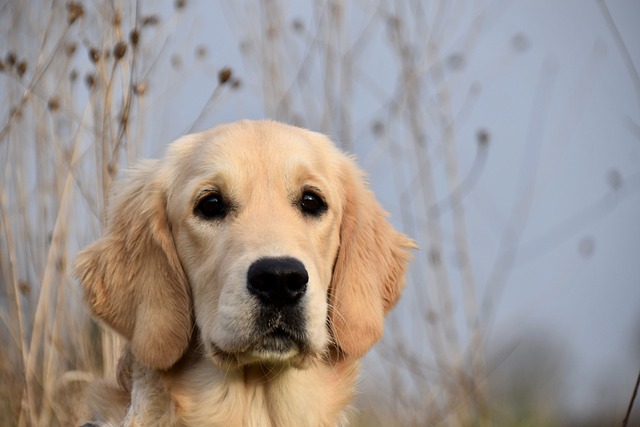
I sat with my friend Jamie on her kitchen floor last week, staring at her 3-year-old Lab mix, Max, who’d turned up his nose at his favorite chicken kibble
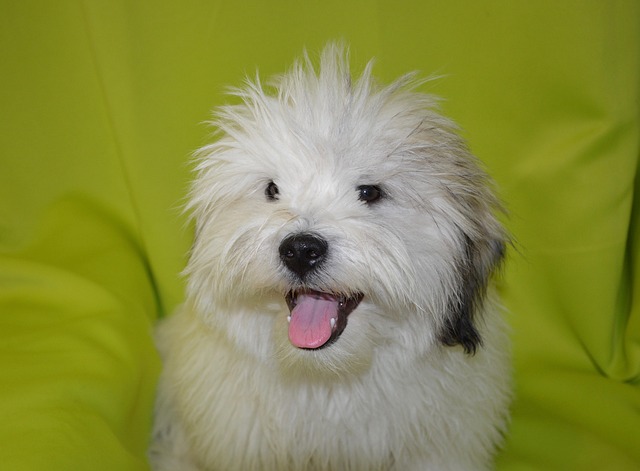
Caring for a dog means staying alert to small changes in their health, and skin issues are some of the most common signs something might be off.